When you’re the parent of an infant, there’s a lot to think about and consider – especially when it comes to safety. There are practices for safe sleeping, car seat riding, bathing, diapering, and the list goes on and on.
It can be an overwhelming task to keep up with all of the proper safety measures. There is one in particular, however, that I would like to draw attention to. Because I’m an orthopedic surgeon who specializes in hip disorders, I have a particular interest in keeping babies’ hips safe. And today I’d like to spread awareness and knowledge for a lesser-known infant issue: hip dysplasia.
Hip dysplasia, which is the abnormal development of the hips, is not that uncommon. In fact, about 1 in 1,000 babies will develop it. Hip dysplasia occurs when the ball and the hip socket are not properly shaped and connected. This can cause a wide range of symptoms later in life – from a small limp to partial dislocation or even complete dislocation of the hip, as well as early onset arthritis. Females, first born babies, and babies who were in the frank breech position in utero are all at a higher risk for developing it.
The good news is that the earlier it’s caught, the better the outcome.
Typically, hip dysplasia is discovered during well-check visits when babies are a couple of months old, or around the time they start taking those first steps and parents notice that their toddler is walking in a way that seems out of the ordinary.
In a smaller number of cases, hip dysplasia is missed because it’s not always easy to detect. It’s painless and doesn’t always cause obvious visible problems like limping or waddling.
So what can parents do to help preserve their child’s hips?
- Know your family’s history. Because hip dysplasia can run in families, it’s important for parents to be aware of any hip issues that they or their older relatives might have. If an older family member has arthritis in the hips or has had a hip replacement, there is a possibility that they have an underlying hip dysplasia issue that wasn’t discovered as a child.If your family falls into this category, I recommend telling your child’s primary care doctor about your family’s history so that he or she can keep a closer eye on your child’s hips.
- Keep their hips safe. Babies who are born with hip dysplasia fall into two categories: those whose hips get better on their own and those who don’t. We can help encourage babies’ hips to get better on their own by keeping their hips safe throughout the daytime and nighttime.That’s done by allowing the hips and legs to move freely and not constraining them with anything. When the legs are held in a particular position, such as by keeping them straight or close together, the ball of the hip and the socket will not have good contact and over time, this position can prevent the hip from developing normally.
- Choose infant products wisely. Here are some infant items or practices that can contribute to developmental hip dysplasia, and what you can do to avoid it or modify:
- Swaddling can contribute to hip dysplasia because traditional swaddling keeps the legs close together and straight. If you choose to swaddle, but would like to prevent hip dysplasia, keep the blanket loose around the legs so that the knees are able to be spread apart and the hips can move freely. The International Hip Dysplasia Institute demonstrates how to do this. Because there are other safety considerations related to swaddling, please read a prior blog post about safe swaddling DOs and DON’Ts.
- Baby carriers. There are many different types of baby carriers, and some are safe for the hips and others are not. To keep the hips safe, the carrier should allow the legs to open around the adult, and the thighs should be supported underneath. The photo at the top of this post is an example of a hip-friendly baby carrier.
- Baby slings. Similarly, some slings keep baby’s legs together and potentially even scrunched, similar to an in utero position, which does not allow for the hips and knees to be open and move freely. Opt for a baby carrier like the one pictured above, or a baby sling that is wrapped in a way that allows for baby’s legs to hang down, opened out, and thighs supported.
- Sleep gowns. Like swaddling, some baby sleep gowns are too tight around the legs, keeping them straight and not allowing the hips room to move freely. Choose one that is loose enough for your baby’s knees to spread outward and the hips to move freely.
- Noteworthy: Limit time in baby seats, like Bumbos, that hold their legs in a fixed, closer position. I realize that babies probably aren’t spending an extended period of time in Bumbos, so they’re probably ok for a limited amount of time. But did want to make mention of it because any item that keeps baby’s knees closer together and doesn’t allow them to open wide can be problematic for the hips. But a short period of time is probably okay.
To learn more about our Hip Preservation Program, please call 513-636-2371.

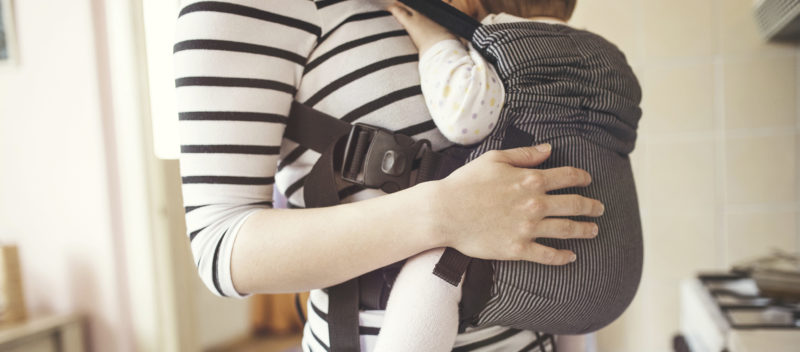
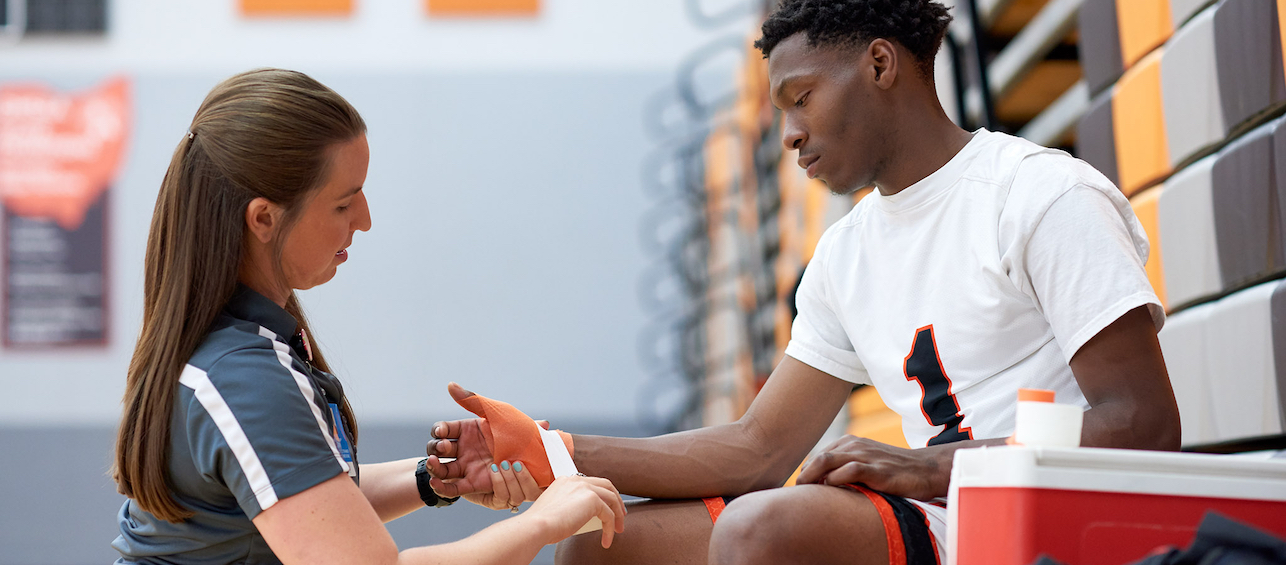
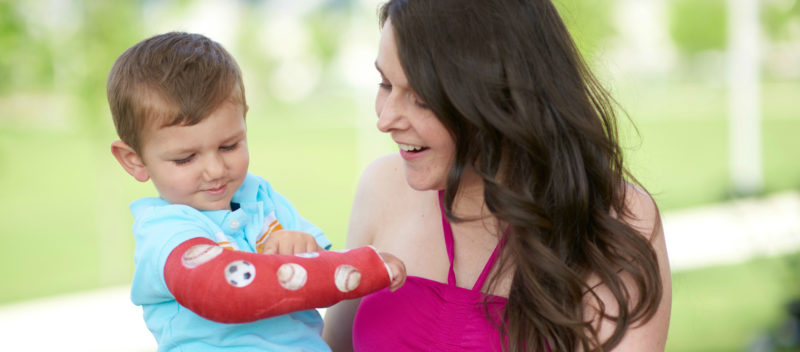
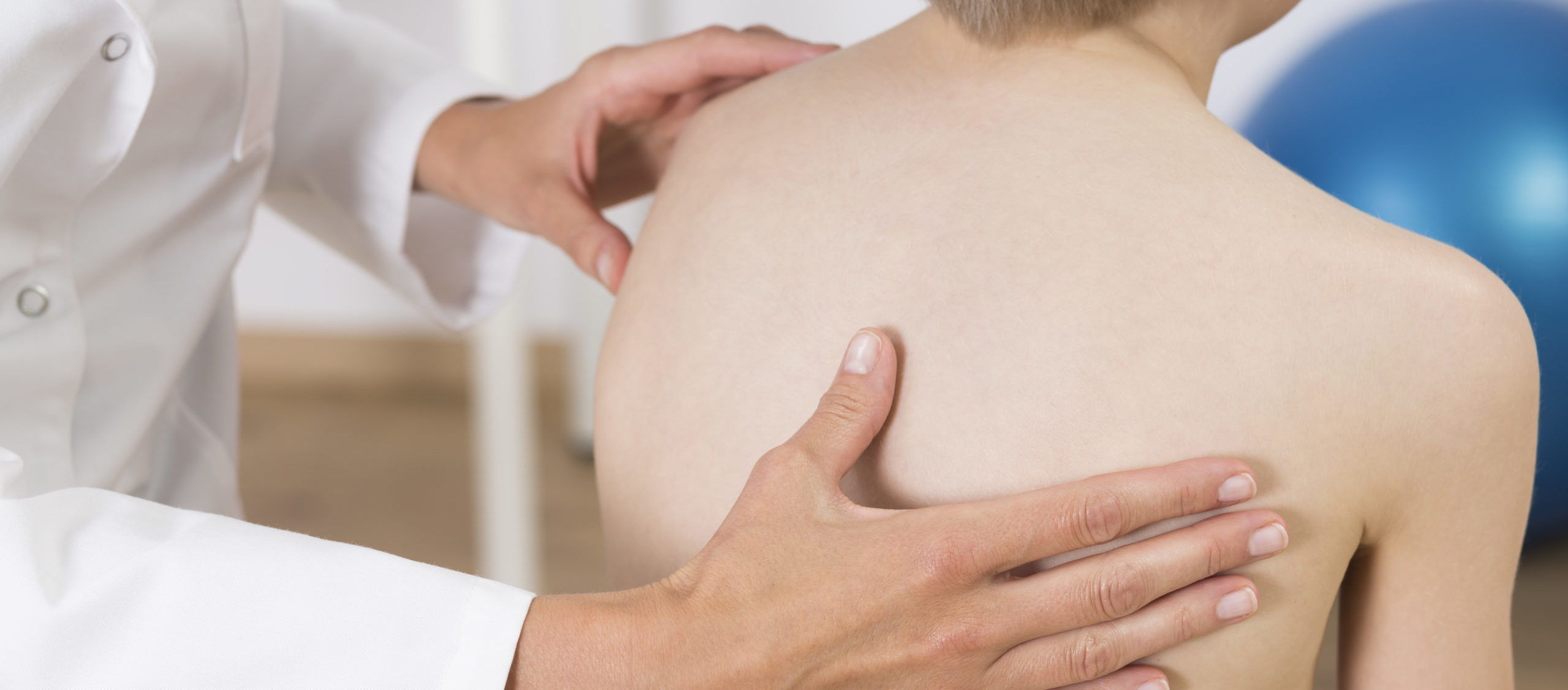
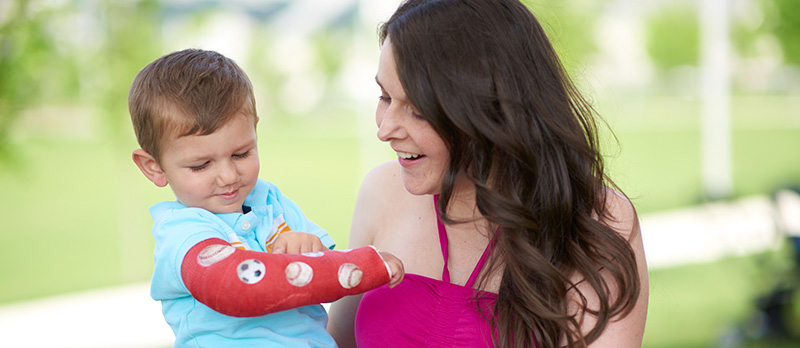

This article was written by a dr who doesn’t seem to know a lot about babywearing. Many moms use a ring sling or pouch sling in a hip friendly way!!! You can certainly use a ring sling ergonically. Look up ring sling hug hold or kangaroo hold. You will see babies with a deep seat, in open leg position.